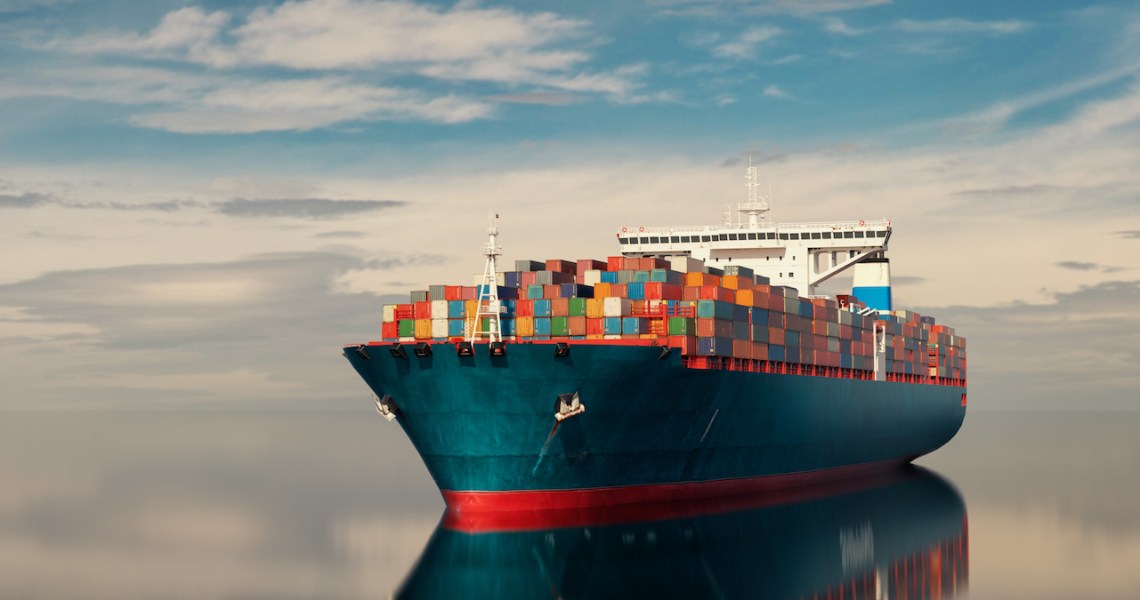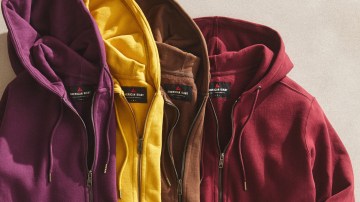This week, we take a look at the stalled negotiations between the International Longshoremen’s Association and shipping companies as the January 15 deadline approaches. If no deal is reached, the workers will go on strike. Here’s a look at what that would mean for fashion brands and some of the ways brands could mitigate the effects.
In late October of 2024, port workers and shipping companies reached a deal to extend their current contract into January 2024 to avoid a strike before the crucial holiday season. Now, the deadline for the extended contract is looming and no new deal is in sight.
January 15 is the date when the International Longshoremen’s Association and the shipping companies employing its members must have a new contract agreement to avoid a strike. But with just a week left before that date, that doesn’t seem likely. Negotiations between the ILA and the United States Maritime Alliance, known as USMX, only just restarted as of January 7, barely a week before the deadline, and the two sides reportedly had not met in person since November. According to analysis provided to Glossy from supply chain risk management company Everstream Analytics, a strike is likely.
The October deal extended the workers’ current contract and made some provisions, like increasing wages, but many of the union’s other demands have lacked progress. Those include protecting workers from job loss due to automation, which was a major part of the ILA’s demands. Without a new deal in the next few days, a strike could begin the day after the current contract ends on January 15. More than half of all apparel imported to the U.S. comes through the East Coast.
“Barring some significant progress during Tuesday’s negotiations, Everstream Analytics assesses that the most likely scenario remains another full-scale strike at all East and Gulf Coast ports from January 16,” said Mirko Woitzik, global director of intelligence at Everstream Analytics.
Many American fashion brands rely on the ports to get their goods from manufacturing hubs in Asia. And according to MeUndies CFO Sabah Mikha, even large brands with high volumes of imports have little sway over how the negotiations will play out. Instead, brands will have to wait to see when, or if, a deal comes through. However, the contents of that contract are less important than the swiftness of the resolution, Mikha said.
“As an apparel brand, we want a quick resolution,” he said. “The actual details of the contract can have an impact on us, like higher wages might be passed on to us as higher costs, but those are things we can deal with. A complete stop of imports, even for a few weeks, is much more disruptive.”
Delays at the country’s ports are exponential. One day of backed-up deliveries takes several days to work through once operations restart, for example. A strike that lasts weeks could take months to work through. The strike in October was over in a few days.
Brands that rely on quick turnarounds and seasonal products will be most at risk. Receiving an order of products themed around Valentine’s Day in March hurts the bottom line since not only does the company miss out on selling the products, but it’s already paid the manufacturer for it, as well.
In response, some brands have taken two proactive steps: ordering more products in anticipation of a potential second strike, and splitting up orders between air and sea shipping.
“Our data of container ships arriving at U.S. East and Gulf Coast ports show a surge of ship arrivals in the weeks after the last port strike and right before Christmas, with more than 400 ships calling on the East and Gulf Coast ports,” Woitzik said.
That’s about 10% higher than the yearly average, Woitzik said. There was a similar 15% increase in shipments to the East Coast ports in October in the weeks leading up to the initial strike.
Mikha said MeUndies, as a brand with lots of products tied to specific, time-sensitive events like Valentine’s Day, has been splitting up orders between air and ocean shipping. Air shipping is faster and covered by a different union that is not expected to strike. But air shipping can also be as much as five to 10 times more expensive than ocean shipping. So rather than changing entire orders to air, MeUndies set aside smaller portions of orders to be shipped by air to ensure it’s here in time for Valentine’s Day. The rest will arrive by ocean at a later date.
MeUndies actually receives most of its imports through the West Coast, but Mikha said a strike on the East Coast will have effects felt on both sides of the country. More brands will likely switch to air or, if possible, move imports to the West Coast, causing congestion and other difficulties.
But shipping isn’t something brands can radically alter on short notice.
“I imagine a lot of retail apparel brands are in the same situation we’re in: They have one manufacturing hub in another country and one fulfillment center,” Mikha said. MeUndies manufactures in Sri Lanka and has a fulfillment center in California. “It’s not like we have a lot of options to move our manufacturing or open a new fulfillment center overnight. We’re approaching a strike and we’re taking a wait-and-see approach.”
Inessa Vike, CEO of Vike Beauty, which is based in New York City, said the most important thing for brands to do is to stay communicative with customers.
“[Brands should be] communicating transparently with consumers about possible delays, showing empathy and providing clear timelines when possible,” Vike said.
Inside our coverage
Under Trump, will American fashion manufacturing thrive?
Without TikTok’s virality engine, young brands will be most affected by a ban
Walmart’s marketplace ambitions and the impact of the ‘Wirkin’
Other news to know
Livestream shopping app Whatnot raises $265M, pinning valuation at nearly $5B




